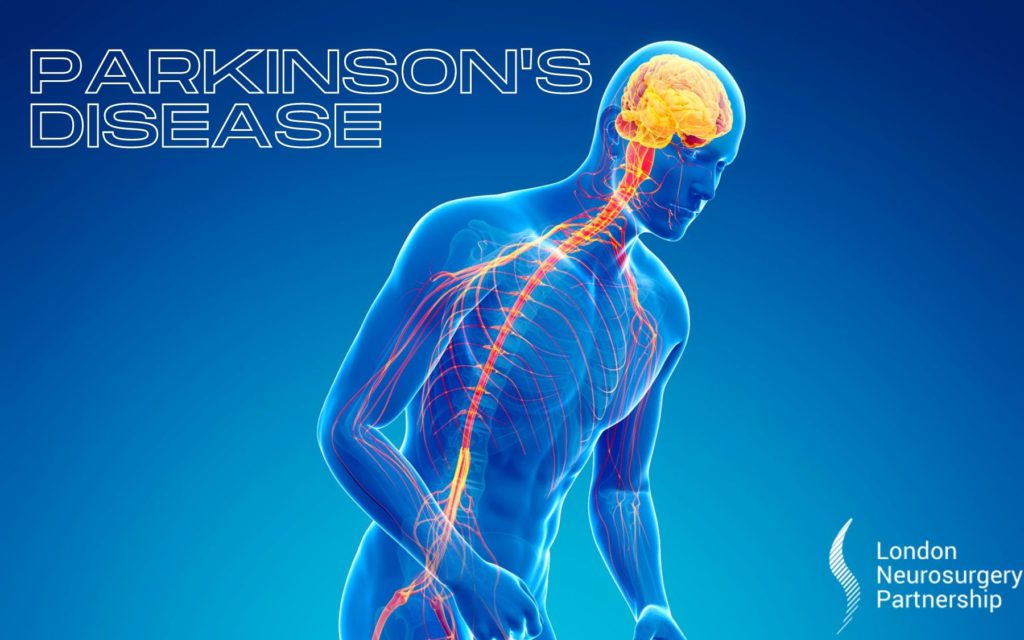
We all know a something about Parkinson’s disease, but do we know the facts? Let’s strip it back to basics…
Parkinson’s disease is a progressive neurological condition caused by a lack of dopamine in the substantia nigra. The substantia nigra, found in the mid-brain, is a group of nerve cells that are responsible for producing a large amount of dopamine in the body. The dopamine from the substantia nigra helps the body function properly, and is responsible for movement such as walking, talking and eating.
Parkinson’s disease, named in 1817 after Dr James Parkinson, effects over 4.5 million people worldwide. Mostly the disease develops in over 60 years olds; however, people under 50 can get it too. Behind Alzheimer’s, Parkinson’s is the most common neurodegenerative condition.
What are the causes?
Currently, the cause of Parkinson’s disease is unknown. There is plenty of ongoing research into the disease and there is evidence to suggest it could be hereditary. Furthermore, pesticides, toxins and chemicals found in agricultural work have also been linked to Parkinson’s disease.
Symptoms of Parkinson’s disease
- Tremors, mostly in the hands but other parts of the body too.
- Stiffness in the body, sometimes causing chest pain.
- Anxiety and depression
- A short, shuffling walk.
- Slurred speech
- Constipation
There are different stages of Parkinson’s disease.
Stage 1
During the initial stage of Parkinson’s disease, daily routine is mostly uninterrupted by symptoms. It’s common for loved ones and friends to notice a difference in movement, such as light tremors in the hand, before the individual does. At this point, medication can be effective to manage symptoms.
Stage 2
From stage 1, the progression to this point can take months or even years. Symptoms are much more noticeable by now. For instance, tremors in the hand become more severe and changes in facial expressions arise. Speech difficulty at this stage is also common and overall symptoms are on both sides at the body at this stage. Daily tasks become much tougher.
Stage 3
The severity of symptoms increase in Stage 3. As balance and co-ordination is very difficult by this point, stage 3 Parkinson’s disease patients should be very careful as falls and trips arise more often. Part or full time care is recommended.
Stage 4
By this point, most individuals will need full time care, as mobility is very restricted. Daily tasks should be supervised and walking will be much slower and cause fatigue.
Stage 5
By stage 5, patients are wheelchair bound. Full-time assistance is required to prevent injury when walking. Other side effects can include dementia, delusions and hallucinations.
Treatment for Parkinson’s disease is dependent on which stage the disease is diagnosed, meaning it’s important to have regular checks if you are fit the criteria of any of the above symptoms. Parkinson’s disease also varies for each person, meaning it’s common to try a range of treatments.
There is a variety of treatments for Parkinson’s disease; as mentioned earlier, there’s no cure, but there are solutions which can help symptoms and enhance wellbeing.
Occupational Therapy
Parkinson’s disease can restrict your everyday wellbeing. Occupational therapy can help implement independence back into the lives of patients through the management and planning of practical issues, such as walking, eating, drinking and building a healthy routine.
Physiotherapy
It’s important to stay as active as feasibly possible during Parkinson’s disease. A physiotherapist can advise on how best to maintain movement, good posture and stamina. This also becomes beneficial in avoiding issues or problems that may arise in the future.
Medication
Medication is the most popular means of treatment. There is a diverse selection of medication for Parkinson’s. Most medication aims to increase dopamine to the brain whilst also stopping the breakdown of dopamine. It’s best to speak to your doctor to find the best medication which will work for you.
Surgery
Deep Brain Stimulation is the most common type of surgery for Parkinson’s disease. The procedure involves thin wires inserted to the area of the brain that controls movement. Once the wires are positioned correctly, they are connected to a battery operated neuro-stimulator placed under the skin. The aim of the surgery is to send electronic signals to the area of the brain related to Parkinson’s to help control motor symptoms.
This article is intended to inform and give insight but not treat, diagnose or replace the advice of a doctor. Always seek medical advice with any questions regarding a medical condition.
Back to brain conditions or functional neurosurgery conditions.






0 Comments